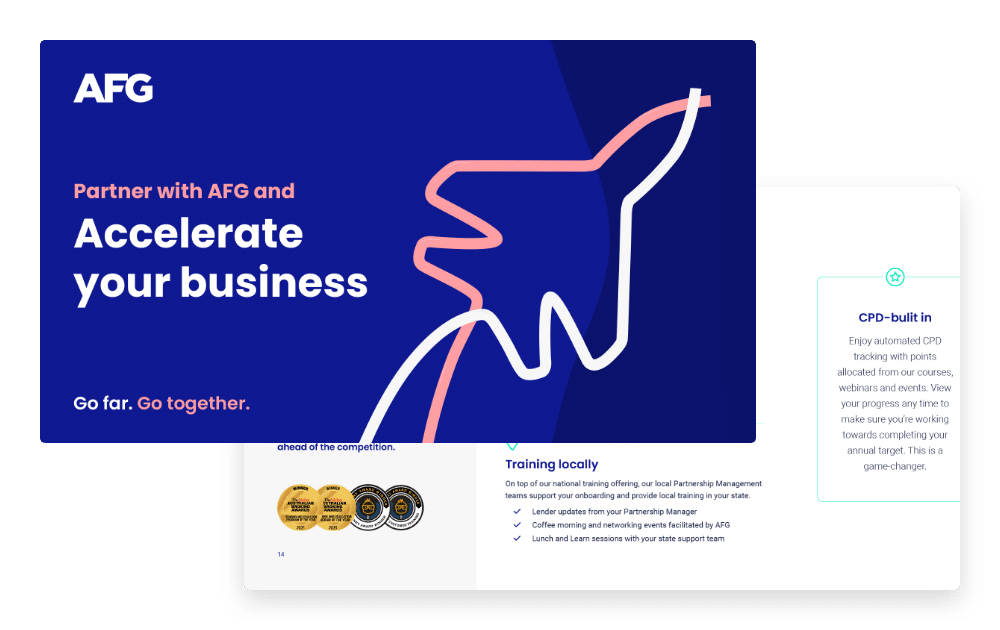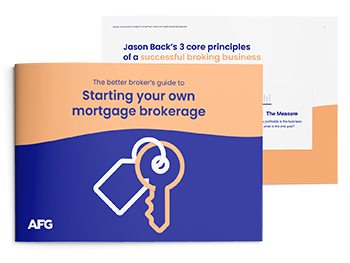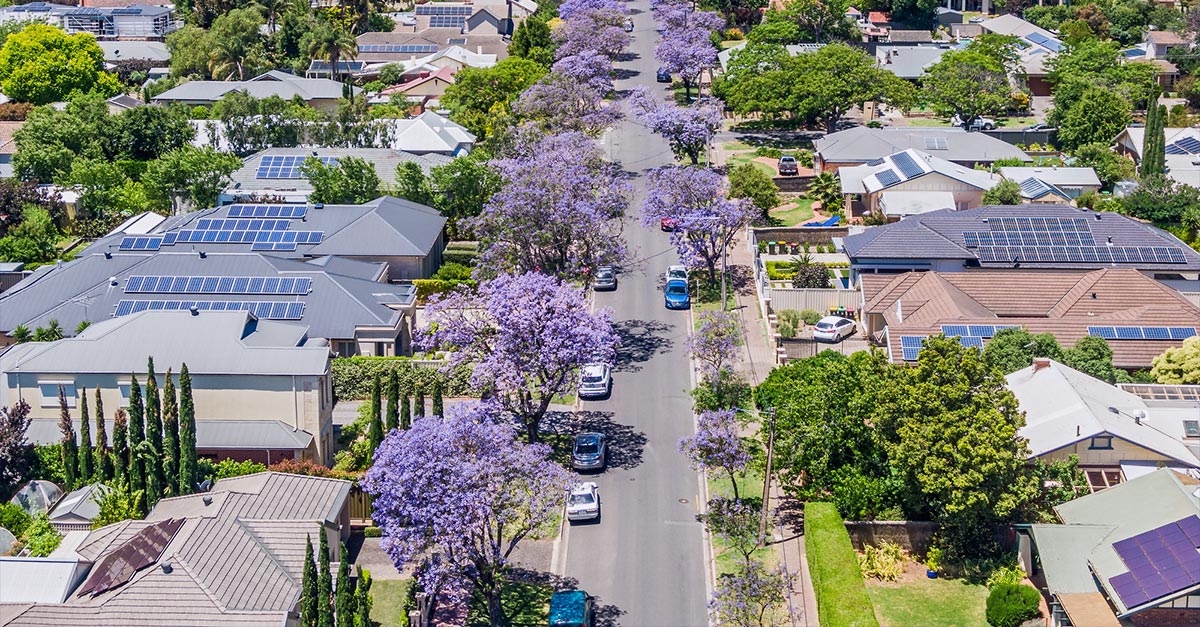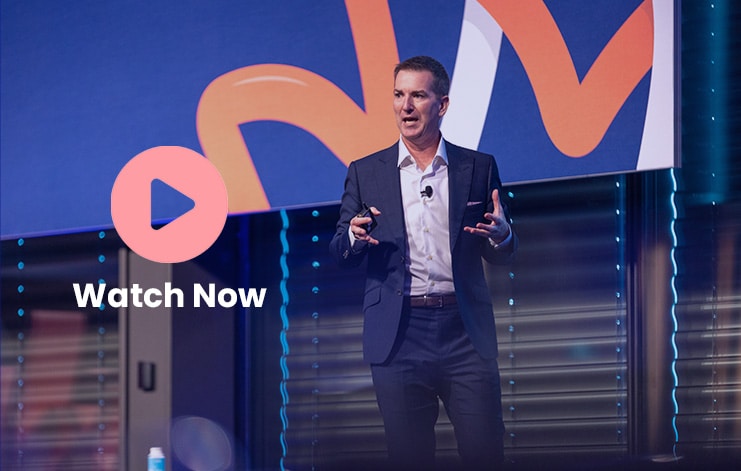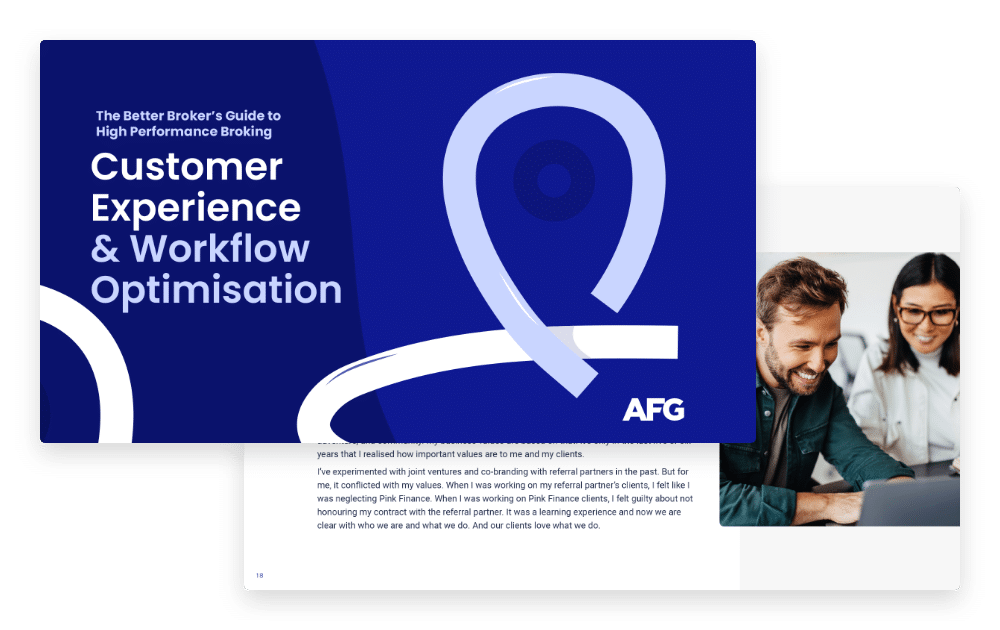One in five Australians taking out a home loan is now opting to fix their interest rate, according to a recent AFG Mortgage Index.
Not only are fixed rates proving popular in the midst of global economic uncertainty, many borrowers are cashing in on unprecedented, increased competition around fixed rate loans. Traditionally, lenders have set fixed rates a smidge above the average variable rate. At the moment, however, many institutions are offering fixed rates below others’ variable rates, prompting savvy borrowers to shop around.
The main benefit of a fixed rate is the certainty. Regardless of shifts in the economic sands, your mortgage repayments stay the same, allowing you to budget with more confidence. If official interest rates rise, your mortgage repayments are unaffected. On the flip side, of course, if interest rates drop, you won’t benefit.
With experts wavering on whether local interest rates will go up, down or nowhere over the next 12 months, now could be an opportune time to take advantage of special offers around fixed rates.
Some lenders, for example, are offering fixed rates at 0.8 per cent lower than the standard variable rate of other institutions. On a $300,000 loan, that equates to a $200 saving in interest each month.
Fixed rates are generally based on what the economy may do over the next three to four years, while variable rates are more aligned to the current cash rate, set by the Reserve Bank of Australia. At the moment, this is overlaid with the fact lenders are looking to drive movement in the market through competition. Although Australia’s economy is deemed very stable against the backdrop of the European debt crises and slow economic recovery in the United States, homeowners have been happy to sit on the sidelines to see how it all plays out before making any decisions about buying and selling. As a result, many financial institutions have been trying to entice us back in the game with competitive fixed rates.
As with all borrowing situations, your decisions should be based on your circumstances and financial goals. However, there are some basic pros and cons that apply to fixed rates that you should consider.
The biggest benefit of a fixed rate is knowing exactly what your repayments will be for a set period – usually one to five years. This can be a real advantage if you are considering a career change, starting or expanding a family or have kids moving into private education because it can ease the stress of budgeting.
On the downside, fixed rate loans tend to be more restrictive than variable ones. You usually can’t make additional payments, plus lenders generally charge high break fees if you want to exit the loan during the fixed period.
If you want to tap into the benefits of both a fixed and a variable rate, consider splitting your loan so a portion of your debt is exposed to shifts in official rates – up or down – and the rest is locked into a set rate.
With official interest rates sitting at affordable levels and question marks hanging over which way they will head over the next 12 months, it’s worth chatting with your broker about fixed rates and what the market has to offer. It may be just the move to help you face the future with some certainty.

